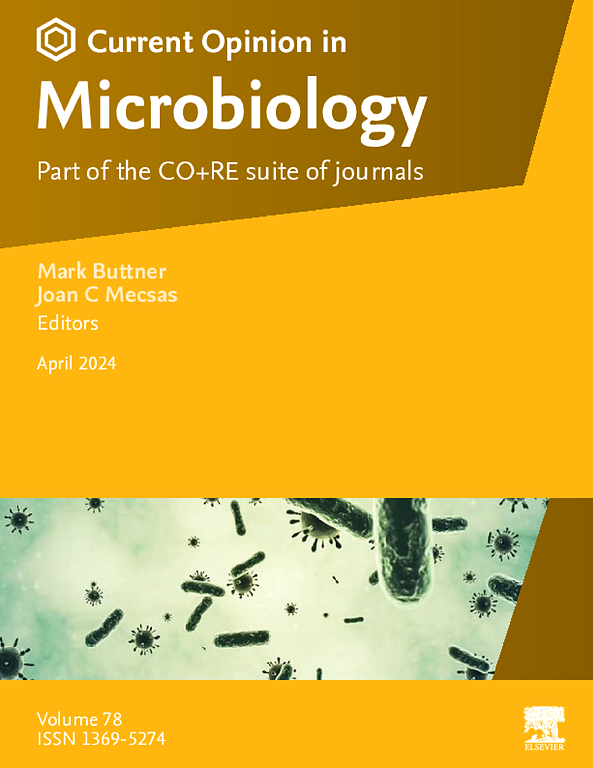微量气体氧化是一种新的微生物扩散特性
IF 7.5
2区 生物学
Q1 MICROBIOLOGY
引用次数: 0
摘要
扩散是一个基本的生态过程,它使新环境的殖民化和控制群落多样性成为可能。虽然数十年的观察研究表明微生物具有很高的传播能力,但其在最佳生态位之外远距离传播和持续存在的能量机制仍未得到充分探索。在这里,我们概述了微生物在分散过程中为保存能量而采用的代谢策略的分类框架。一个关键的亮点是最近认识到微量气体氧化作为一种新的和广泛的特性在各种细菌和古细菌。这种从空气中无处不在和能量密集的氢气和一氧化碳气体中持续获取能量的方式,维持了细胞在次优条件下维持能量的需要,促进了在陆地表面扩散期间的持久性。我们建议未来的研究应评估代谢性状对微生物差异扩散能力和生物地理格局的贡献。本文章由计算机程序翻译,如有差异,请以英文原文为准。
Trace gas oxidation as a novel microbial dispersal trait
Dispersal is a fundamental ecological process that enables colonization of new environments and controls community diversity. While decades of observational studies have shown a high dissemination capacity of microorganisms, the energetic mechanisms underlying long-range dispersal and persistence outside their optimal niches remain largely unexplored. Here, we outline a categorical framework of metabolic strategies adopted by microbes to conserve energy during dispersal. A key highlight is the recent realization of trace gas oxidation as a novel and widespread trait in diverse bacteria and archaea. Such continual energy acquisition from ubiquitous and energy-dense hydrogen and carbon monoxide gases in air sustains the cellular maintenance energy need at suboptimal conditions, promoting persistence during dispersal across terrestrial surfaces. We propose that future research should assess the contribution of metabolic traits to differential dispersal capability and biogeographical patterns of microorganisms.
求助全文
通过发布文献求助,成功后即可免费获取论文全文。
去求助
来源期刊

Current opinion in microbiology
生物-微生物学
CiteScore
10.00
自引率
0.00%
发文量
114
审稿时长
6-12 weeks
期刊介绍:
Current Opinion in Microbiology is a systematic review journal that aims to provide specialists with a unique and educational platform to keep up-to-date with the expanding volume of information published in the field of microbiology. It consists of 6 issues per year covering the following 11 sections, each of which is reviewed once a year:
Host-microbe interactions: bacteria
Cell regulation
Environmental microbiology
Host-microbe interactions: fungi/parasites/viruses
Antimicrobials
Microbial systems biology
Growth and development: eukaryotes/prokaryotes
 求助内容:
求助内容: 应助结果提醒方式:
应助结果提醒方式:


